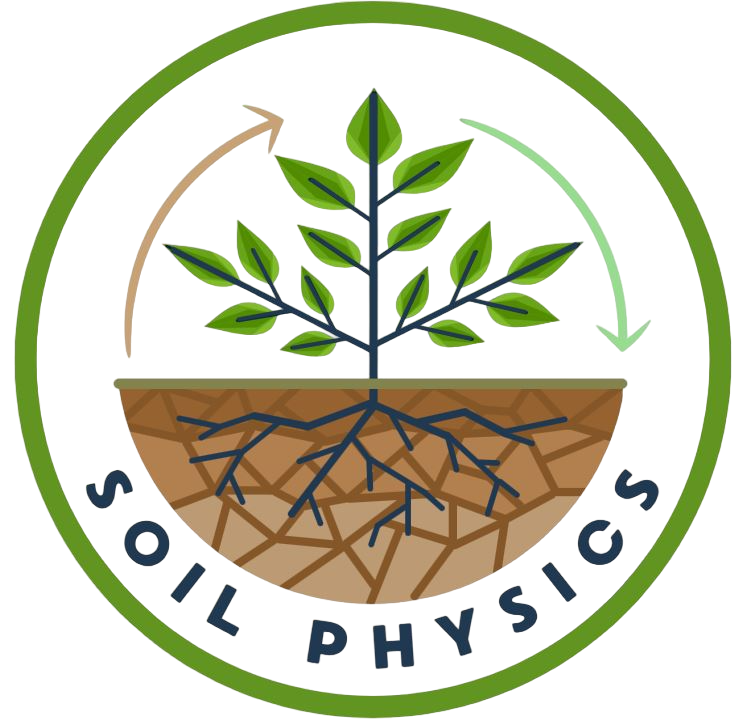Mutez Ali Ahmed: Theses supervised
Bachelor's Theses | |
| Ilvy Steinlein (2024) |
The effect of Arbuskular Mikoriza Fungi (AMF) on root water uptake and on soil hydraulic properties Supervisor: Anna Sauer, Mutez Ali Ahmed, Efstathios Diamantopoulos |
| Lara Kersting (2024) |
The impact of root exudates on the soil hydraulic properties of soil and root water uptake Supervisor: Asegidew Akale, Mutez Ali Ahmed, Efstathios Diamantopoulos |
| Anna Dürringer (2024) |
The effect of Arbuskular Mikoriza Fungi (AMF) on root water uptake and on soil hydraulic properties Supervisor: Anna Sauer, Mutez Ali Ahmed, Efstathios Diamantopoulos |
| Henri Michael Braunmiller (2020) |
Impact of soil drying on mucilage production and rheology Supervisor: Mutez Ali Ahmed, Andrea Carminati |
Master's Theses | |
| Anna Sauer (2020) |
Investigating drought traits in sorghum landraces - A lysimetric experiment in four soil textures Supervisor: Mutez Ali Ahmed, Andrea Carminati, Jana Kholova |
| Tina Köhler (2020) |
Emerging effects of root hairs and soil properties on soil-plant water relations under drought conditions Supervisor: Mutez Ali Ahmed, Andrea Carminati |
| Asegidew Akale (2020) |
Phenotypic differences of root exudates and their impact on drought tolerance across different varieties of maize. Supervisor: Andrea Carminati, Mutez Ali Ahmed |

